Ask JW Vlog: The Evolution of Turf
November 30, 2022
The Evolution of Turf
TRANSCRIPT
In the late 1950s, the Ford Foundation conducted a research on youth physical fitness across the nation. The same year a company named Chemstrand was creating a synthetic fiber for play surfaces. A decade later, Chemstrand created a nylon fiber named Chemgrass. In 1964 Chemgrass was manufactured and installed at the Moses Brown School in Providence Rhode Island. This was the first of its kind. Since growing natural grass was difficult to grow and maintain, other schools took heed and jumped on the bandwagon. July 19, 1966, the first major league baseball game was played on the new artificial grass surface. The Houston Astros played the Philadelphia Phillies on opening day beating the Phillies 8-2. By year’s end the Houston Oilers would be the first NFL Football team to play on the Chemgrass surface. In 1967 Monsanto, makers of Chemgrass, changed and patented the name to Astroturf.
In the 1970s through the 1980’s Astroturf became the popular playing surface across the nation. Many public schools and colleges were enjoying the Astroturf surface and its many benefits. The second generation created new technology and developed new materials and were being tested for playing surfaces. Polypropylene being one of them allowed the playing surface to be simulated like natural grass. It was more realistic and softer on the athlete.
Manufacturers started creating polypropylene turf differently, where sand, now called “Infill” can be used to give performance that will benefit the athlete. By placing “Infill” within the grass fibers, this gave stability to the system.
In the late 1980s artificial grass became a growing trend for homeowners and businesses. The word out was having a “maintenance-free” lawn can provide families more time with their loved ones. This is still true to this day. In the 1990s, now “third generation”, artificial turf changed quite a bit. Concerns of degradation and short life on turf systems gave concern to the industry. A 60-year-old chemical named “polyethylene” was introduced into the industry. Polyethylene had amazing UV-resistant qualities. This would mean longer-lasting turf without its color fading.
In the later 1990s, different types of infill was created. Recycled tires produced small granules called “crumb rubber”. This was used in conjunction with sand. Many schools would use all crumb rubber because it was softer.
In the 2000s, the artificial grass industry exploded creating all types of natural-looking artificial grass, now called synthetic turf. Not only was it being used for a variety of playing surfaces, but it was also been used in resorts, hotels, and common street areas. In the late 2000s, Pet turf became a highlight for pet owners. This rapidly growing trend caused turf manufacturers to develop turf that had exceptional drainage rates.
Thereafter, putting greens, bocce courts, tennis courts, playgrounds, and many more surfaces enjoyed the benefits synthetic turf has to offer.
Synthetic turf saves the planet by saving billions of gallons of water each year. It also saves the planet due to not having to use fertilizers or pesticides.
Best of all? It stays green…all year long. Isn’t that a great reason why?
For more information contact J.W. at askjw@sgwcorp.com or call 888.846.3598







